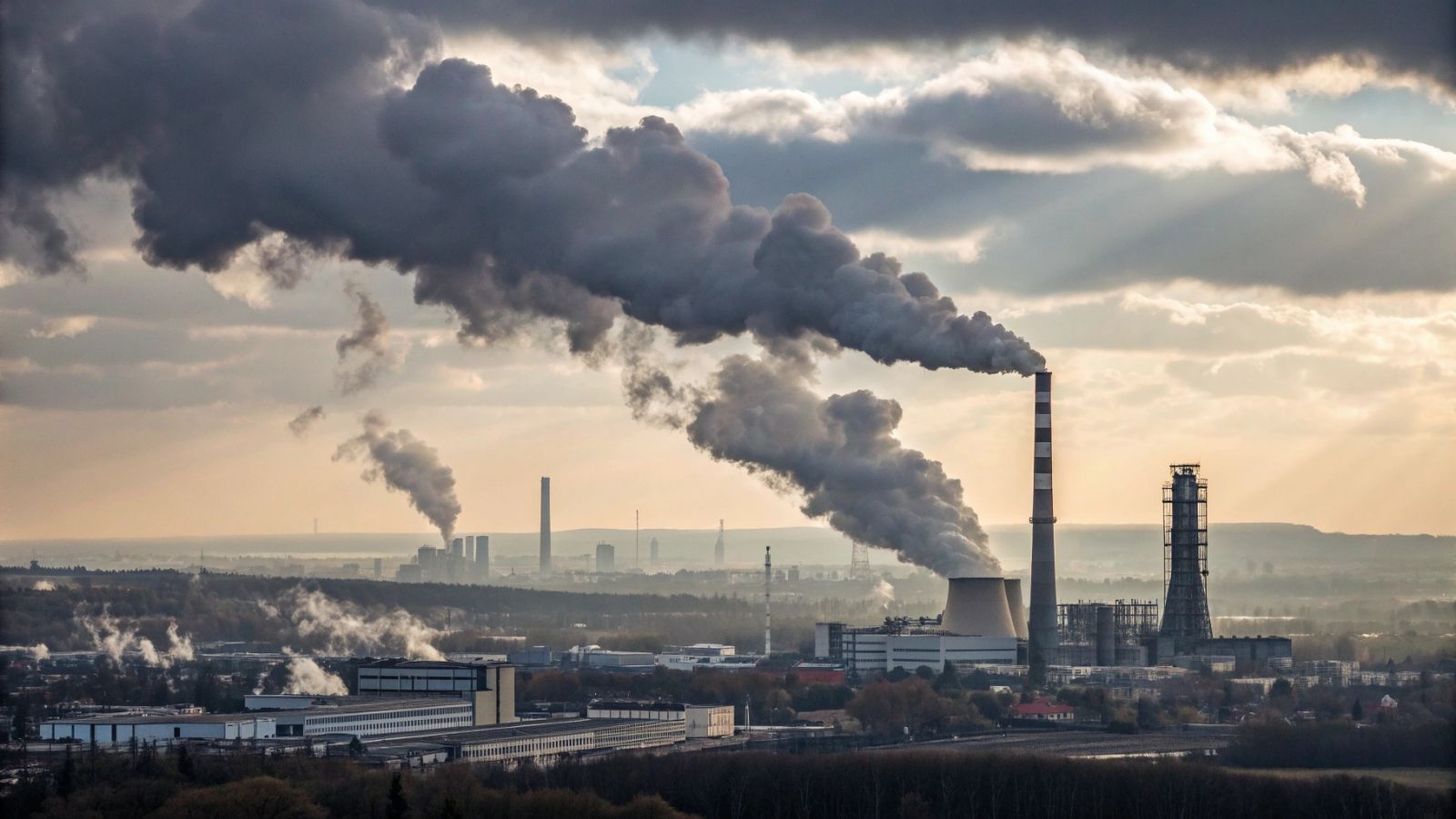Artificial Intelligence and Its Impact on the Planet
The global adoption of Artificial Intelligence (AI) is transforming industries and daily life, but it also raises crucial questions about the environmental footprint of these technologies. Mistral AI, a French startup specializing in open-source language models, recently published a detailed lifecycle analysis of one of its models, highlighting the need for greater transparency in the sector.
A Study Driven by Transparency
To assess the environmental impact of the Mistral AI Large 2 model, the company partnered with Carbone 4 and the French ecological transition agency, with results peer-reviewed by environmental experts. The study focused on three key areas: greenhouse gas emissions, water use and depletion, and material consumption.
The Most Impactful Phases: Training and Inference
The research confirmed that training and inference are the most environmentally demanding stages. According to Mistral, 85.5% of total CO₂ emissions and 91% of water consumption occur during model development and user interaction.
- 20.4 kilotons of CO₂ emitted in 18 months
- 281,000 cubic meters of water consumed
- A single chatbot query equals 1.14 grams of CO₂ and 45 ml of water
Marginal but Cumulative Impact
A single interaction with the “Le Chat” chatbot produces emissions comparable to 10 seconds of streaming video in the US. However, the cumulative effect of millions of users can become significant for the environment.
Limitations and Future Perspectives
Mistral AI acknowledges the challenges in accurately quantifying hardware degradation caused by data center workloads. Nevertheless, the reported figures align with estimates from other studies and institutions.
"Tackling complex problems by breaking them down, verifying answers, and self-correcting in real time—traits that bring AI closer to human reasoning."
Sam Altman, CEO OpenAI
Towards Greater Transparency and Sustainability
Mistral AI is committed to regularly updating its environmental impact reports and calls on the entire industry to embrace transparency. The goal is to align AI development with global climate objectives, despite diverging policies from some governments.
